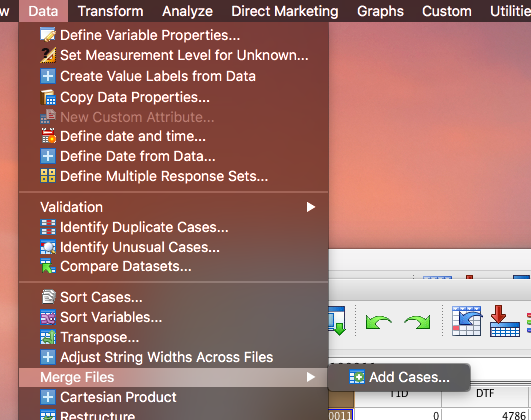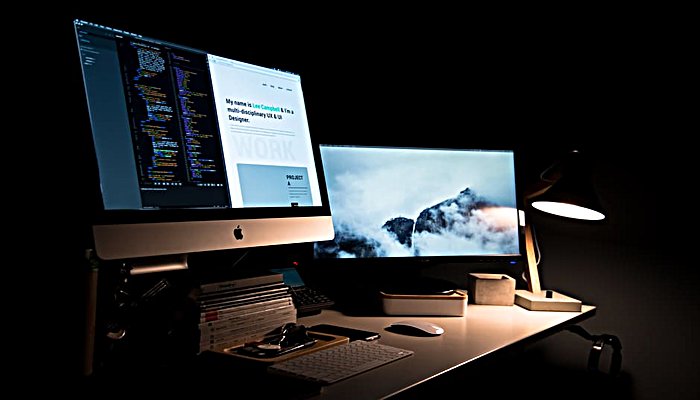

If you decide at some point you'd like to pick a different photo library as your default library for Photos, you can do so by going to the General tab of Preferences and click the button Use as System Photo Library. You can't merge libraries using Photos you can only view them separately. It will open a dialogue window before opening Photos, asking you to Choose Library or Create New. To choose a different library than the library you last opened, hold down the Option key when launching Photos. You might logically conclude that Photos always opens the System Photo Library unless otherwise instructed, but the app instead opens the Last Opened library. This becomes your default library, or the System Photo Library in Apple's parlance. When you first set up Photos for Mac, it asks you to choose a library.

If you have divided a large photo library into small, more manageable libraries, Photos for Mac makes it easy to work multiple libraries.

A large library like mine, however, can still be a drag on the Photos app, slowing down performance to the point where a quick edit in theory becomes frustratingly laborious in practice. In my experience so far, Photos for Mac feels snappier than the sluggish iPhoto that preceded it.


 0 kommentar(er)
0 kommentar(er)
